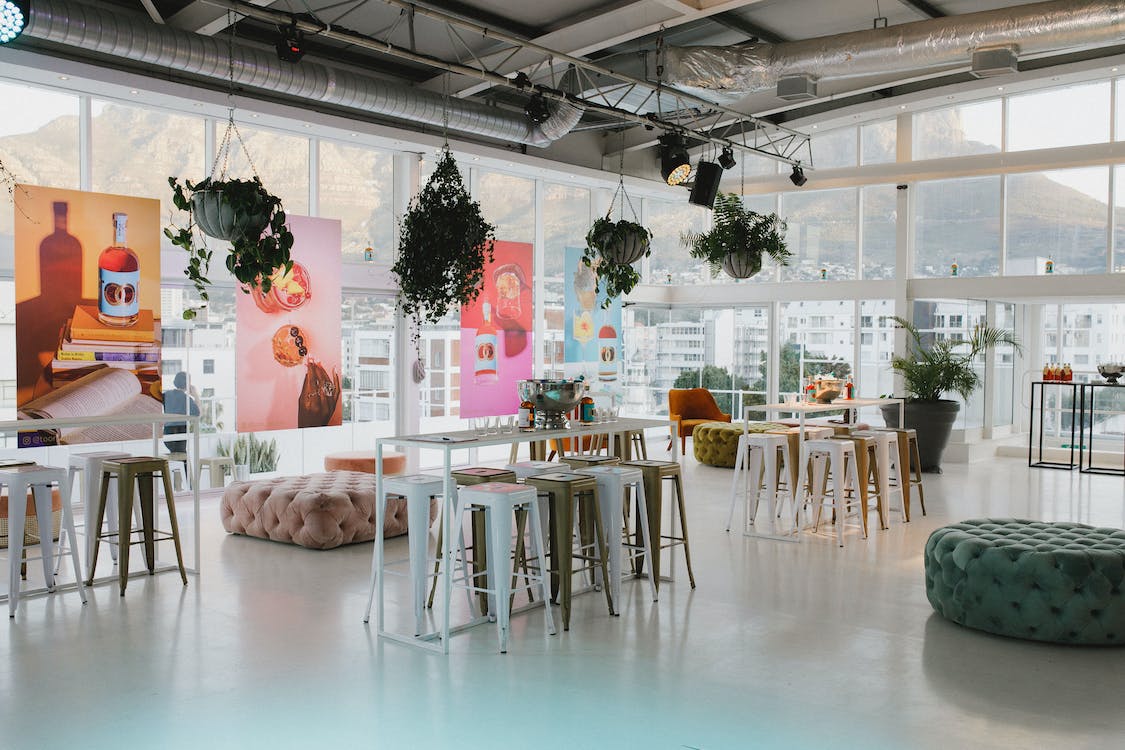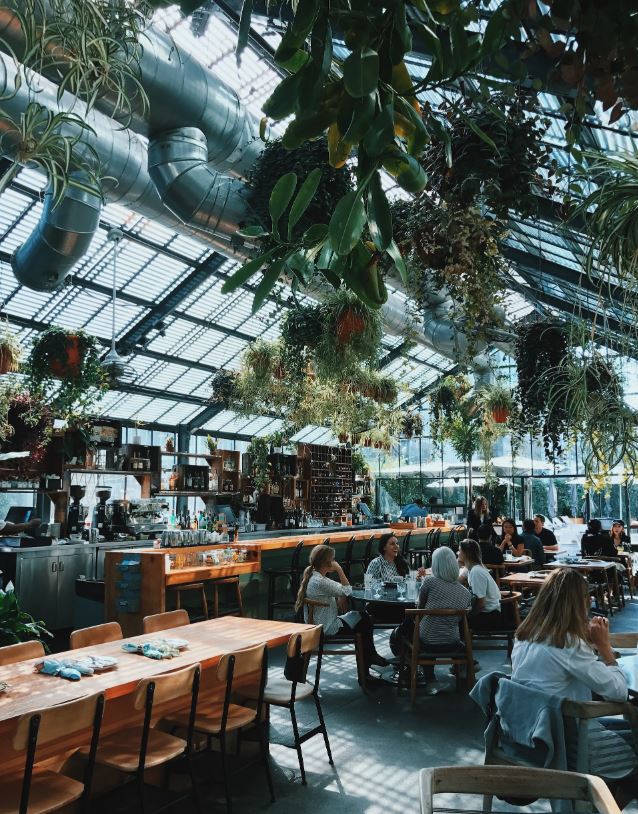Introduction Drainage is one of the most overlooked aspects of landscape design by contractors and homeowners. Instead, most people opt

MEP (Mechanical, Engineering & Plumbing) engineering is almost every component of the building & construction process. Therefore, it’s important to look for guidance and advice from an MEP engineer when undertaking any construction project as they know how to maximize space while ensuring code and safety standards are adhered to. In addition, MEP engineers help to plan layouts for HVACs in the building ductwork and ensure the space is used appropriately to minimize energy wastage.
In restaurants, MEP design help to create a beautiful space and promote the success of the restaurant business. So, if you’re planning to venture into the restaurant business, it’s important to ensure that your facility has an effective MEP design. In this article, we’ll look at the importance of MEP engineering design for restaurants in terms of maintenance, budget & value engineering, site conditions, and local codes or landlord requirements.

MEP engineering design for restaurants
MEP systems for restaurants have a huge impact on the facility’s ambiance, maintenance expenses, and operational efficiency. More notably, energy usage is directly related to the Mechanical, Engineering & Plumbing design and execution since it’s one of the key building blocks in a sustainable design. Therefore, a well-designed project will help the restaurant owner or operator manage these costs.
In addition, maintenance costs are connected to the restaurant’s MEP engineering & installation. For that, you’ll feel the impact of any shortcut taken during the installation and design phase once you open the restaurants through high maintenance bills.
MEP design also plays a crucial role in the kitchen. For instance, if one of your main kitchen equipment is not functioning due to a faulty gas, electric, or plumbing installation, your business will be affected.
Things to consider when creating an MEP engineering design for restaurants
Maintenance is essential for the success of the MEP design project of any restaurant. Besides, a restaurant resembles an ecosystem with different interdependencies and interconnected components. For that, it’s important to ensure that the MEP design for food courts and restaurants includes basic elements like power provisions, access panels in the right locations, preventative maintenance plans, and physical access to areas that need maintenance.
Value engineering helps to align the project’s budget with the requirements of various stakeholders including the builder, owner, and designers. However, if this exercise is not done correctly, it can jeopardize the project as well as its primary appeal and objectives. To avoid that problem, make sure that the exercise is done early and systematically. Also, use collective input and consensus with different project stakeholders to ensure that their objectives are aligned in one direction. The perfect scenario is to design to the budget, as opposed to designing, tendering, and working on the project’s value engineering to suit the budget.
Another important aspect to consider when creating an MEP engineering design for a new restaurant project is site conditions, especially for standalone entrepreneurs. Site conditions can have a significant impact on your overall fit-out expenditure if you’re building at a set budget. While location plays a crucial role in determining the commercial viability of any business venture, it’s equally important for any rollout strategy and fit-out costs you may have for your business. For instance, site conditions can be a key factor in your business expansion strategy.
Lastly, the MEP design for kitchen establishments must follow the local codes. However, this may affect the concept and design of your restaurant in some ways. For instance, things like charcoal and gas can affect how and what you end up cooking in your restaurant. Some countries don’t permit the use of gas, while other councils and cities don’t allow the use of charcoal. Moreover, in some areas, you have to carefully consider the gas pressure allowance, which determines the equipment you can use in your restaurant.
As for landlord requirements, landlords in some cities have more strict regulations compared to government authorities. This can lead to an unforeseen increase in fit-out/ investment costs and affect the MEP specifications and installations.
In addition, signage regulations can affect your restaurant’s visibility as it plays a key role in determining what business you do. Therefore, it’s important to check these guidelines before confirming the restaurant’s location. At the same time, make sure you check other important issues like accessibility considerations, passageways, and ramps from the outset.
To sum up, these local authority codes and landlord requirements will guide the MEP engineering design for restaurants during the concept development stage. For that reason, it’s important to do a quick check before you secure a restaurant location to determine if they will affect your project’s viability in the long run.
Final Word
Creating an MEP design for a restaurant is a collective effort that requires the involvement of all the project’s stakeholders. At Innodez Design & Engineering, we bring multi-disciplinary experts together and work towards the same vision and direction to create the best MEP engineering design for restaurants in California. Best of all, our MEP designs create an ambiance and a space that will make customers fall in love with your restaurant through carefully designed elements.
About Author
InnoDez